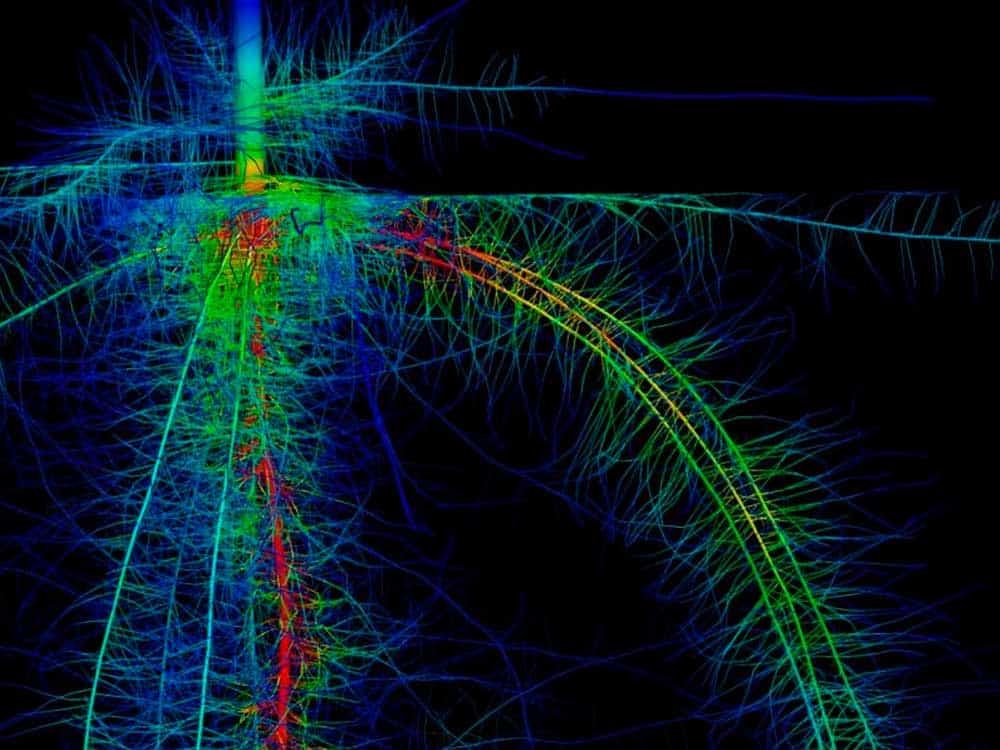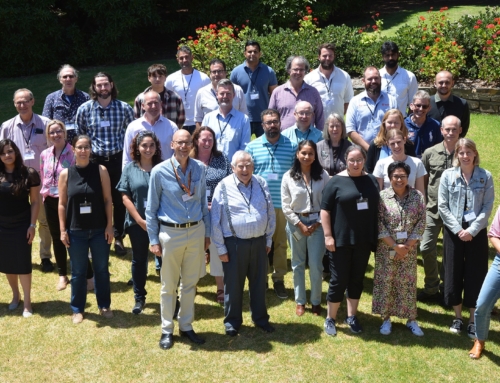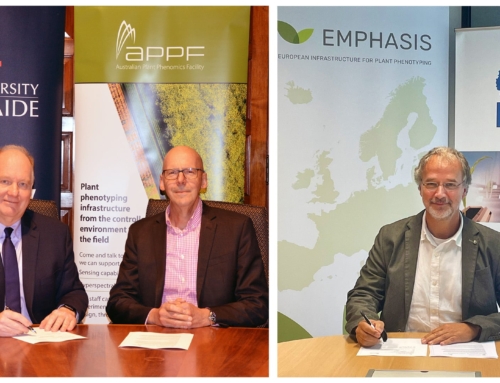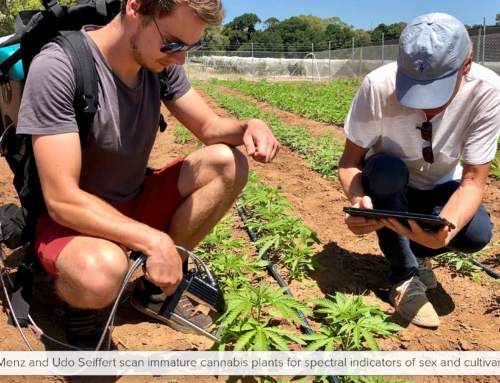It all starts in the roots
Australian agriculture operates in a largely harsh, resource limited (nutrients, water) environment so the role of plant roots is even more vital to crop performance.
While advances in technology have resulted in a tenfold increase in crop productivity over the past century, soil quality has declined. Advanced root systems that increase soil organic matter can improve soil structure, fertiliser efficiency, water productivity, crop yield and climate resilience, while mitigating topsoil erosion — all of which provide near-term and sustained economic value.
It is acknowledged within the international plant science and phenotyping community that root phenotyping is a critical component for crop improvement, but no ideal hardware solution has been developed yet. There is always a compromise between destructive and non-destructive measurement, throughput and resolution, and ultimately, cost.
Recognition of these challenges and increased research investment to find the answers is now coming to the fore in international plant science.
USD $7 million for plant root research granted
Researchers in Penn State’s College of Agricultural Sciences have just received a USD $7 million grant from the U.S. Department of Energy’s Advanced Research Projects Agency-Energy, or ARPA-E, to design a low-cost, integrated system that can identify and screen for high-yielding, deeper-rooted crops.
The interdisciplinary team, led by Jonathan Lynch, distinguished Professor of Plant Nutrition, will combine a suite of technologies designed to identify phenotypes and genes related to desirable root traits, with the goal of enhancing the breeding of crop varieties better adapted for nitrogen and water acquisition and carbon sequestration.
“With ARPA-E’s support, we plan to create DEEPER, a revolutionary phenotyping platform for deeper-rooted crops, which will integrate breakthroughs in non-destructive field phenotyping of rooting depth, root modeling, robotics, high-throughput 3D imaging of root architecture and anatomy, gene discovery, and genomic selection modeling,” Lynch said.
“ARPA-E invests in programs that draw on a broad set of disciplines and require the bold thinking we need to build a better energy future,” said ARPA-E Director, Ellen D. Williams.
The project is part of ARPA-E’s Rhizosphere Observations Optimizing Terrestrial Sequestration, or ROOTS, program, which is aimed at developing crops that enable a 50 percent increase in carbon deposition depth and accumulation, while also reducing nitrous oxide emissions (a contributor to greenhouse gas) by 50 percent and increasing water productivity by 25 percent.
Read the full article, by Charles Gill from The Pennsylvania State University, here.
UDC Plant Science Centre
Through a € 1.3m investment from Science Foundation Ireland, the Integrated Plant Phenomics and Future Experimental Climate Platform has been established at University College Dublin (UCD) in Ireland. The combination of infrastructure and facilities available to researchers will represent the first of its kind globally.
The platform will be housed in the same building at UCD allowing seamless transition from experiment to scanner. It will consist of a large capacity 3D X-ray CT scanner which uses X-rays taken from multiple angles to non-destructively build-up a 3D image of whole plants and their internal structures, both above and below ground with fast (minutes) scan times and six reach-in, high-spec plant climate chambers with full (de)humidification capabilities. Novel custom additions will include full-spectrum variable LEDs, enabling more accurate representation of sunlight conditions experienced by crops under field conditions. The chambers will integrate thermal imaging to continuously capture leaf temperature and inferred ecophysiological processes (gas exchange).
Breakthroughs in crop/plant/soil/food science will be possible, particularly below ground and at night, because the consequences of climate change or new crop breeds on below-ground /night-time processes have not been readily accessible before the advance of X-ray CT, thermal imaging and integration of these components into an infrastructure platform.
The Centre unites a large number of UCD plant scientists that investigate fundamental and applied aspects of plant science and work alongside industry in exploiting research breakthroughs.
Read more here.
Danforth Plant Science Center
A new industrial-scale X-ray Computed Tomography (X-ray CT) system at the Danforth Plant Science Center in Missouri, USA, is the first of its kind in the U.S. academic research sector dedicated to plant science and can provide accelerated insight into how root systems affect plant growth. The technology was established in late July 2016 under a collaborative multi-year Master Cooperation Agreement with Valent BioSciences Corporation (VBC) and is also supported with funds from a recent National Science Foundation grant.
“X-ray imaging has been a mainstay in medical and industrial research and diagnostics for many decades, yet it is rarely used in plant science,” said Chris Topp, Ph.D., assistant member of the Danforth Center and principal investigator for the project. “The X-ray CT system will allow us to ‘see’ roots in soil and study plants as a connected system of roots and shoots growing in diverse environments.”
“This system is unlike any other in the United States,” said said Keith Duncan, research scientist in the Topp Lab and manager of the new system. “It gives us a great deal of control over the X-ray conditions and will allow us to gather structural data on any object we put into the machine. It provides us with an internal look at not only the root systems, but what’s going on inside the stem and other parts of the plant without taking invasive measures such as removing the plant from the ground or cutting into it.”
In addition to grain crops, this project will also advance research in root and tuber crops such as cassava, potato, groundnut and others that are important for food security in many regions around the globe, but are especially hard to study.
The project combines state-of-the-art technology with computational analysis, quantitative genetics and molecular biology to understand root growth and physiology to assist researchers in understanding roots as they grow in real time in real soil. Both Topp and Duncan agree, this collaboration is just the tip of the iceberg.
“I expect that in a short time, the X-ray imager will catalyze numerous research projects among Danforth Center, St. Louis, national and international researchers that were previously not possible,” said Chris Topp, Ph.D., assistant member of the Danforth Center and principal investigator for the project.
Read more here. Learn more about the partnership and X-ray system here.
Hounsfield Facility for Rhizosphere Research
The Hounsfield Facility for Rhizosphere Research is a unique platform established with €3.5 million in funding from the European Research Council, the Wolfson Foundation, BBSRC, and the University of Nottingham. It accommodates ERC funded postdoctoral researchers and PhD students, X-ray imaging research equipment and automated growth facilities in one state-of-the-art building and fully automated greenhouse complex.
A key impediment to genetic analysis of root architecture in crops has been the ability to image live roots in soil non-invasively. Recent advances in microscale X-ray Computed Tomography (μCT) now permit root phenotyping. However, major technical and scientific challenges remain before μCT can become a high throughput phenotyping approach.
This unique high throughput root phenotyping facility exploits recent advances in μCT imaging, biological image analysis, wheat genetics and mathematical modelling to pinpoint the key genes that control root architecture and develop molecular markers and new crop varieties with improved nutrient and water uptake efficiency.
The facility’s ambitious multi-disciplinary research program will be achieved through six integrated work packages. The first 3 work packages were designed create high-throughput μCT (WP1) and image analysis (WP2) tools that will be used to probe variation in root systems architecture within wheat germplasm collections (WP3). Work packages 4-6 will identify root architectures that improve water (WP4) and nitrate uptake efficiencies (WP5) and pinpoint the genes that regulate these traits. In parallel, innovative mathematical models simulating the impact of root architecture and soil properties will be developed as tools to assess the impact of architectural changes on uptake of other nutrients in order to optimise crop performance (WP6).
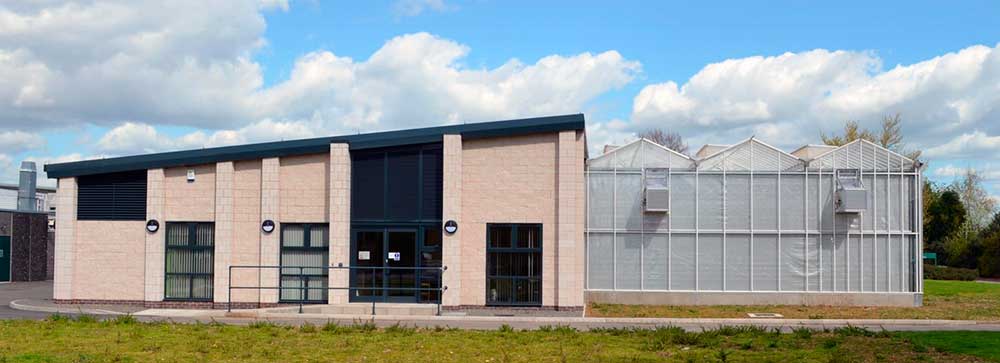
(Top image credit: 3-D image of root architecture – Lynch Laboratory, The Pennsylvania State University, USA)


